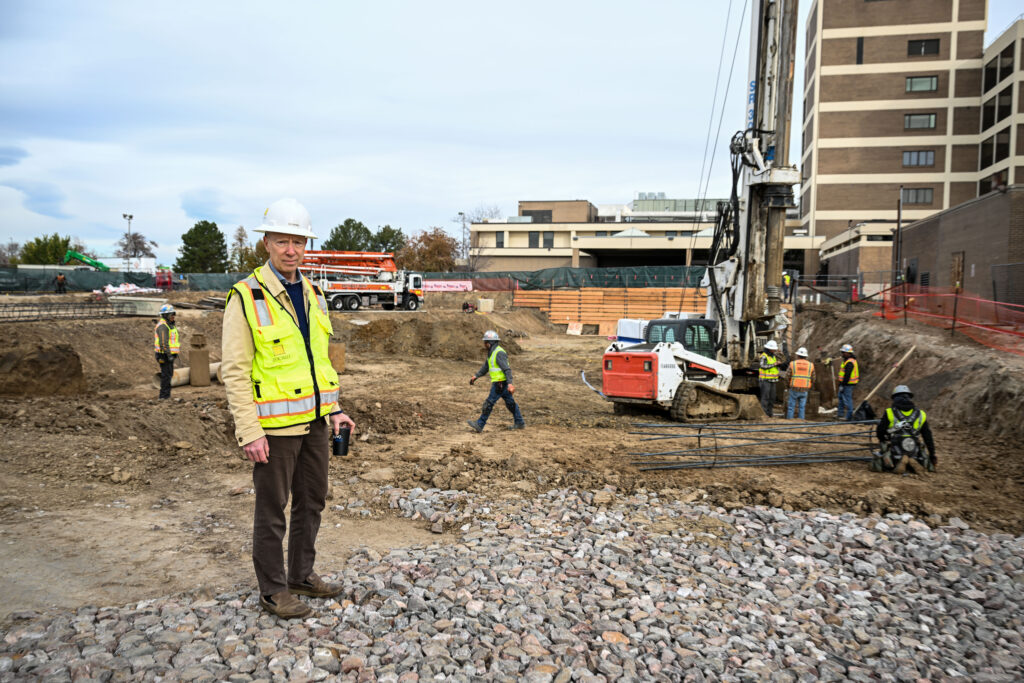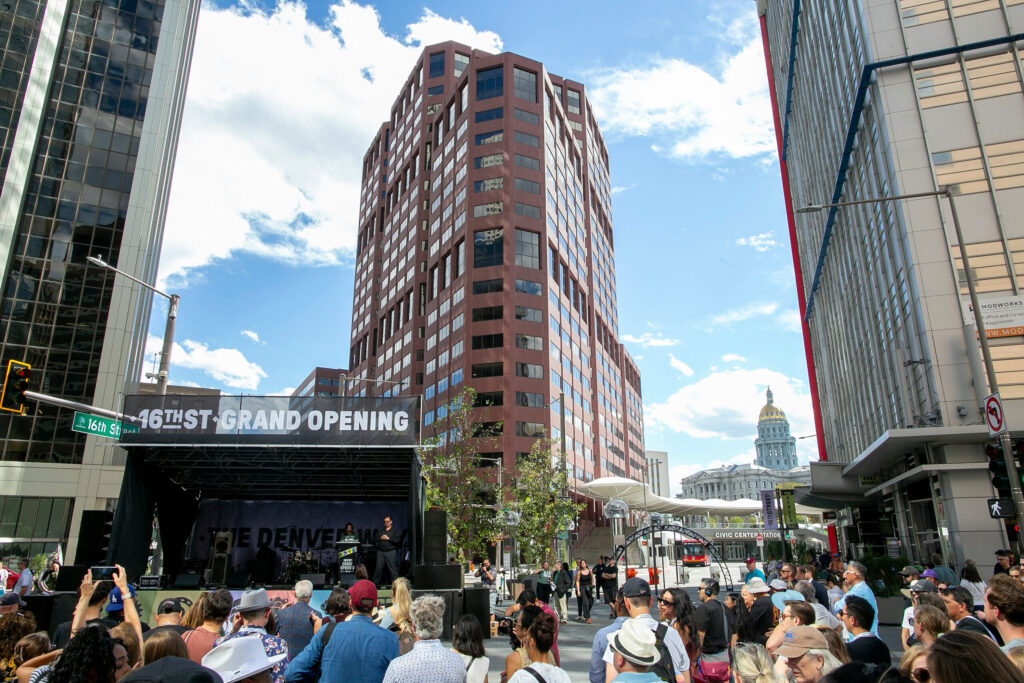As COVID-19 continues to ravage through communities local food banks and pantries are ready to lend a helping hand this Thanksgiving
Families and individuals across Colorado are struggling with hunger more than ever before.
A statewide survey conducted by Hunger Free Colorado found that the hunger rate within the state has tripled since March.
And although day-to-day operations have changed drastically for organizations such as Food Bank of the Rockies (FBOTR) and partner organizations like Integrated Family Community Service (IFCS), these organizations are working tirelessly to give those in need a meal on Thanksgiving.
“The biggest difference between now and pre-pandemic is just the sheer volume of food that we’re giving out,” said Allison Taggart, the program director at IFCS.
Last year IFCS distributed 250 Thanksgiving meal boxes, but this year they’ve prepared 700 meals and don’t know if it’ll meet the demand.
The Action Center (TAC) in Lakewood had traditionally only served those in Jefferson County, but due to the increase in need, they’ve expanded its outreach.
Last year TAC gave out just under 1,500 boxes to families in need, but this year, more than 1,800 boxes filled with potatoes, green beans, corn and other traditional Thanksgiving favorites, said Executive Director Pam Brier.
Officials from Care and Share Food Bank of Colorado said they began planning the holiday distributions and inventory in March as the pandemic began to unravel, because they believed the number of people in need would spike, and assure that every family has a special day.
“For us the holiday season is really important because we want families to really be able to have a chance to have time together, and not worry about how they’d be able to afford that thanksgiving meal,” said Joanna Wise, the marketing and communications director for Care and Share Food Bank for Southern Colorado.
To address the uptick in need organizations have change their methods of acquiring food by going from donations to outright purchasing food. IFCS for example has traditionally relied entirely on donations from local churches, Boy Scout Troops and others, but have shifted to buying 90% of their products.
“We just didn’t feel that each organization could secure 700 items of 1400 different products,” Taggart said.
IFCS has gone from having small sedans dropping off food donations to large semi-trucks dropping off orders to meet the increased need.
Despite having enough resources to gather enough food to help hundreds more than usual, one of the biggest challenges was packaging these products, while keeping everyone involved safe.
“Normally we’ll host mega packing events that bring hundreds of people from around the community, but this year we had to do these events with just a few people at a time,” said Brier.
Distribution events of these boxes will also look a lot different this year as everyone is required to wear a mask, events have been relocated to different spots to accommodate the increased number of people and an abundance of new volunteers.
One thing that’ll remain the same for most organizations is the drive-through distribution that many say is the most efficient method.
“It’s just the easiest way to load up vehicles,” Taggart said.
And although most organizations do not believe there will be a larger number of households needing food than they can provide, they can direct families to FBOR where they’ll have an additional 1,000 boxes.
Even though there has been an overwhelming number of requests continually coming in on a daily basis, every organization The Denver Gazette spoke with said that although some seasoned volunteers have stopped coming because of being high-at-risk to COVID-19 due to their age; many others have stepped up in their place.
“Since we started our COVID-19 response effort the increase need that we saw was unlike anything we’ve seen before, but the wave of support that we received from the community was also unlike anything we have experience before,” said Wise.
And although COVID-19 has changed day-to-day operations, how the Thanksgiving distribution events are run, the volunteers and nearly every aspect of their organization. The smiles on each recipients faces will never change.
“It’s an amazing feeling when you see people coming and smiling. They’re just so grateful and so appreciate of the help, and you just know that you’ve done a lot more than just providing a meal, but actually allowing a family come together and celebrate,” said Brier.















